Meet the Team: Interview with Mindfulness Teacher Sarah Rarick
This month we were delighted to sit down over Zoom (where else!) with Sarah Rarick, one of our wonderful Mindfulness Teachers. Sarah has been with Peace in Schools since 2018, has taught both our teen and adult courses and is currently supporting our curriculum development.
Sarah, when did you begin your mindfulness practice?
I actually was introduced to mindfulness, really meditation, through my best friend, probably when I was about 22. She'd been going on a lot of retreats and I think I just could tell how impactful it was for her. So my first experience was going on an immersive 10 day retreat. It was really powerful. It was the first time in my life that I was like, oh, I'm not all of these things that I'm thinking all the time.
So my first introduction was a pretty strict, regimented and very retreat-based understanding of practice. I would say it wasn’t until practicing in community sits with Caverly that I found a much more relational, practical, softer, accessible kind of practice. And that really transformed things for me - like, I don't have to just go on retreat to feel good. I can actually implement this in my real life, in every moment.
What is unique about the Peace in Schools approach in the classroom?
I really appreciate that so much of where we go and what's gleaned from the class is really from the student's own experience. It feels powerful that the class is centered around exploring our own wisdom and experience and validating our inner world while also being curious and challenging these places where we might have conditioned beliefs or just habitual responses. We're both trusting ourselves and also being curious about some of the things that might get in the way. That was not really a big part of my educational experience as a young person, even up through higher education. So I appreciate it so much - this space of learning that is not top down. It's really like, well, “What is in you? What do you think? What do you feel?” Strengthening that connection to our inner knowledge and inner worth and also looking for that in others.
Not that there's a complete lack of hierarchy because we're still in a teaching role and have some power and authority. As facilitators, we’re there to hold the space and guide discussions, we have a curriculum, we have things that we're bringing to the table.And you know, you don't wanna swing so much that the structure goes away. Because providing that container in that structure was what allowed for learning. Not in a rigid way, but as an expression of confidence and care. And showing in action, “I'm going hold up my end of the bargain. I'm inviting you to be really vulnerable. I'm inviting you to open up and look at things that might be challenging, sensitive. And I’m holding the container for you to go there. I got you.” It’s a different model of authority.
What has teaching taught you?
I mean, to be honest, teaching was always something that I would have thought impossible. I had an idea that teachers don't have feelings or anxieties, or that you have to have all the answers or be able to do things perfectly. I think that was a lot of my conditioning from experiencing strict authoritarian learning environments where the teacher was the expert and your idea was just to learn what the teacher knew and regurgitate. So the improvisational and invitational piece of being a Peace in Schools instructor in particular was such an edge - to really embody this letting go of control and allow for things to be emergent and spontaneous and in the moment. So it's been a beautiful re-wiring of what can emerge when we are open and curious.
Favorite moment with a student?
You know, in my practice I've had big “Aha!” moments that have completely changed my life. So I love witnessing students have their own moments of things clicking. Whatever their insight is, whether it’s, “Oh my gosh, I can offer myself compassion” or “I don't have to believe everything that I think” - seeing the shift in students where they're like, “Wow, this makes sense and it offers me some relief.” There are so many burdens that young people are carrying and to see someone empowered to say, “I'm gonna let this thing go. I can do that.”
And then in particular, I guess this would relate more to in-person learning, but just how many times students would come to class a few minutes early just because they wanted to be there. To see that for a student, our classroom is a space where it feels like the rest of school is far away and this is a space for them. And, you know, I'd feel emotional, like what an amazing gift to be able to co-create and offer students.

